#Cruise
Cruise Autonomous Vehicles Recalled
General Motors’ Cruise autonomous division has had a rough few weeks. First, the company temporarily shuttered operations while it determined why its vehicles kept running into things. Earlier this week, Cruise announced a pause in production of its autonomous van, and now, the NHTSA is getting involved with a recall.
Cruise Outsources Review of Regulatory Response
On Friday, Cruise confirmed that its board had hired an outside law firm and technology consultants after the California Department of Motor Vehicles suspended its driverless vehicle operations. While robotaxi services had started developing a bad reputation in the months leading up to the suspension, Cruise (owned by General Motors) only saw government action taken against it following a high-profile incident where one of its vehicles struck a pedestrian.
California DMV Suspends Cruise Driverless Vehicle Permits
The California Department of Motor Vehicles (DMV) has suspended Cruise’s permit to operate driverless vehicles, citing public safety concerns.
This represents a major victory for the Alphabet-owned Waymo, as it’s now the only company within the state that’s legally allowed to offer robotaxi services. On Tuesday, the DMV said that Cruise’s suspension would take effect immediately with the company likewise stating that it would be pausing operations to examine potential improvements in how its vehicles operate.
NHTSA Launches Safety Investigation Into GM's Cruise
General Motors’ Cruise may be one of the first companies in the world to field driverless vehicles as part of a commercial endeavor. But this doesn’t appear to have endeared the brand to everyday people. The business appears to be loathed by San Franciscan residents and emergency response crews, who have only gotten angrier since state regulators allowed the business to expand operations.
Sustained reports of mishaps and injuries involving the vehicles has encouraged the National Highway Traffic Safety Administration (NHTSA) to launch a preliminary investigation into the company — which may also explain why Cruise just issued a press release explaining how it’s going to remedy all of the above.
Pedestrian Trapped Under Cruise Vehicle in San Francisco
On Monday, a pedestrian ended up being trapped beneath an autonomous test vehicle owned by Cruise. The incident took place in San Francisco (Fifth Avenue just south of Market Street) and has already become the subject of some rampant speculation as the company hopes to avoid another public relations nightmare.
Cruise quickly put out a series of statements via Twitter (now X) claiming the pedestrian was actually tossed in front of their robotaxi after being struck by a hit-and-run vehicle that was traveling in the accompanying lane. While the investigation is technically ongoing, numerous media outlets have run with the premise after having seen the on-board footage.
Man Attacking Cruise AV Captured on Video
One of the autonomous test vehicles operated by Cruise in San Francisco has been attacked by a masked assailant wielding a hammer — signaling that the city’s relationship with AVs has only gotten more complicated.
QOTD: Can Robotaxis Ever Work?
Yesterday we covered yet another incident involving Cruise, and we linked back to a few other stories we've written recently about problems that Cruise and Waymo are having in San Francisco.
Cruise Robotaxi Drives Into Wet Cement, More Mishaps With Fire Trucks
The robotaxi situation in California continues to get more ridiculous after additional reports of autonomous test vehicles doing something incredibly stupid. One of the driverless Chevrolet Bolts operated by Cruise apparently drove through a construction zone last week, stranding itself in wet cement. This was followed by news of yet another unsavory encounter involving a Cruise AV and an emergency response vehicle just days later.
Saying the company is fighting an uphill public relations battle would be putting it mildly.
San Francisco Traffic Stands Still After Cruise AVs Stall in North Beach
With California having approved the contentious expansion of driverless robotaxis operating in San Francisco, autonomous test vehicles showed their readiness by stalling themselves in the middle of town. The situation reportedly wasn’t the result of local activists trying to disable the vehicles or cyber warfare, but rather the result of their having lost their internet connection for a few minutes.
California Grants Cruise and Waymo Expansion Approval
Self-driving vehicles have become a contentious issue in San Francisco. The city currently serves as a public testing ground for over 500 autonomous cars being fielded by Alphabet’s Waymo and General Motors’ Cruise. But local residents have been losing patience with the vehicles, with numerous reports that they’ve been misbehaving in traffic.
While public complaints seemed to be endangering the companies’ ability to expand operations, the California Public Utilities Commission (CPUC) voted 3-to-1 on Thursday to do just that. This opens the door to allow Waymo to begin charging for autonomous taxi services, something Cruise was already doing there, and accelerate their respective AV programs within California.
Cruise Ad Insults Human Drivers, Gets Criticized
Last week, General Motors published an advertisement for its Cruise autonomous vehicle company in The New York Times. The marketing effort makes the claim that “humans are terrible drivers” and has subsequently been chided by former NHTSA administrator and safety advocate Joan Claybrook.
The ad in question states that human drivers cause millions of accidents each year and asserts that “Cruise driverless cars are designed to save lives.” But Claybrook and the Advocates for Highway and Auto Safety are accusing GM of being overzealous with an untested product in addition to exercising some bad taste with its marketing materials.
SF Residents Disable Autonomous Vehicles With Traffic Cones
San Francisco has become a hub for companies wanting to test autonomous vehicles thanks to its progressive leadership and proximity to Silicon Valley. But local residents have slowly been losing patience with the vehicles themselves as they’ve grown in number. While malfunctioning AVs are never popular with other drivers, allowing them to operate without a human safety driver has resulted in rolling reports of vehicles clogging up traffic.
Self-driving test mules are programmed to exercise the maximum amount of caution whenever they’re uncertain of how to progress. This has resulted in traffic jams that are infuriating the locals. But it has also made them incredibly easy to defeat, with activist groups leveraging their circumspect behavior to disable them by placing a traffic cone on the hood.
GM's Cruise Recalls 300 AVs After San Francisco Bus Crash
General Motors' self-driving arm, Cruise LLC is recalling 300 robo-taxis after one of its vehicles crashed into a San Francisco bus on March 23rd.
GM's Cruise Asks White House to Dissolve AV Testing Restrictions
General Motors has a long and illustrious history of receiving government favors, with 2021 likely to continue the trend. Having recently seen its request to have federal EV tax credits reset approved by the Senate Finance Committee, GM-owned Cruise is now seeking to double down by asking regulators to scale back restrictions on autonomous vehicle testing. With practically every automaker simultaneously requesting government hookups on a weekly basis, it’s hardly surprising to see this.
What is unique is the rationales given for government help and it’s often the only way to measure their merit. While most claims tend to boil down to “ we need more money,” Cruise wants regulators to get out of the way so the United States can become more competitive against China’s AV programs and is hardly the first company to make such a suggestion.
Cruise AV Company Raises $2.75 Billion in Latest Funding Round
General Motors backed autonomous vehicle startup Cruise has reportedly scored $2.75 billion from its last round of funding, with Walmart again taking a particular interest in the company. The multinational retail corporation previously participated in a pilot program where Arizona-based shoppers could call upon a Cruise AV to have their groceries delivered. While just one of several autonomous programs Walmart is involved with, the relationship with Cruise must be in fairly good shape to throw that kind of money into a business that seems to have missed more deadlines than it has kept — even if that does seem to be the trend for AV startups.

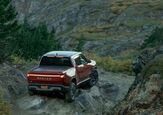
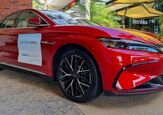


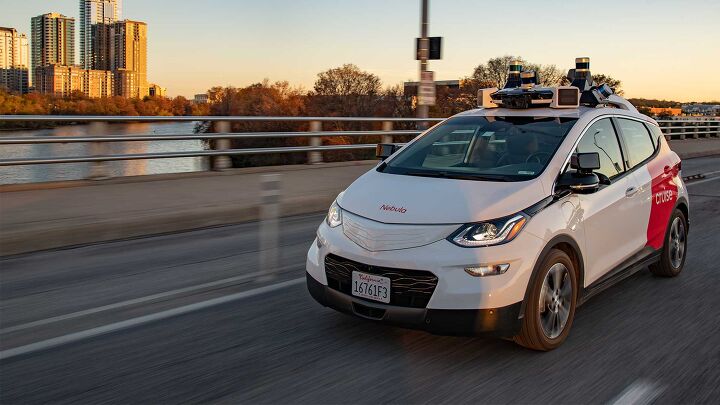
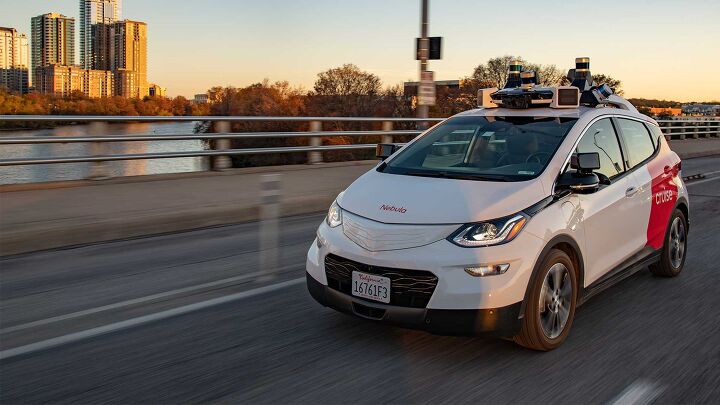
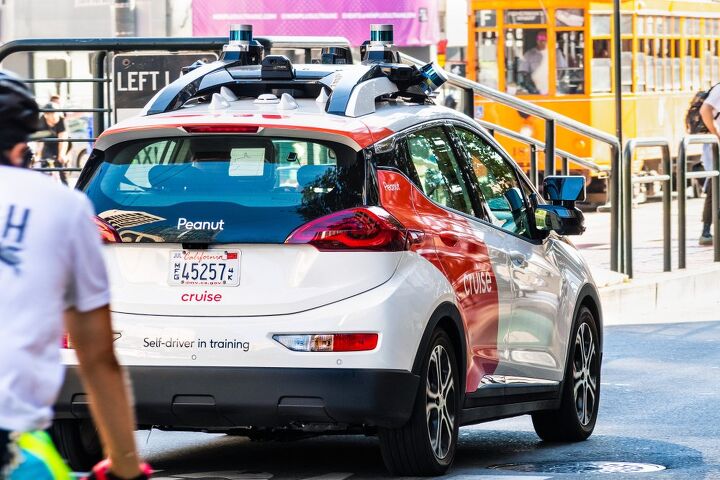
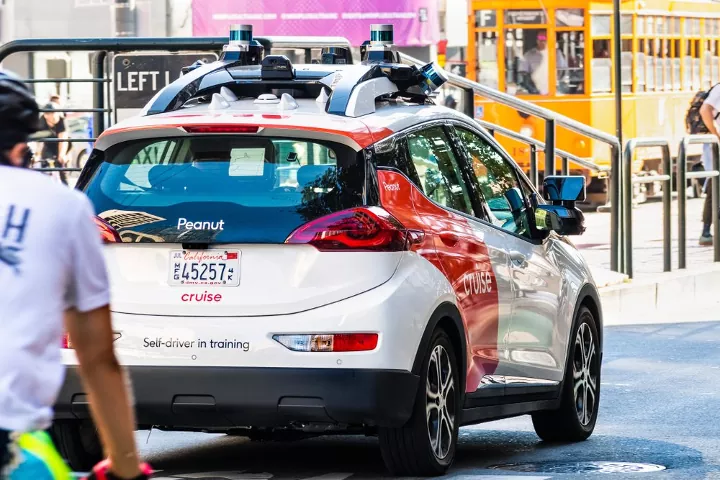




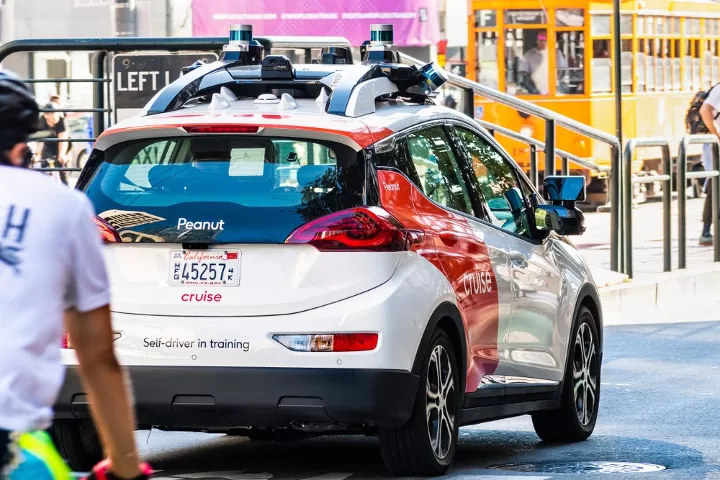
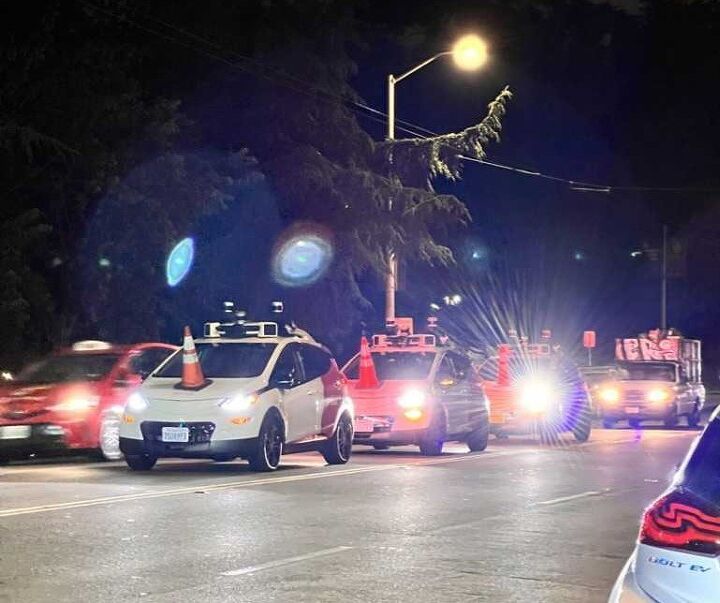
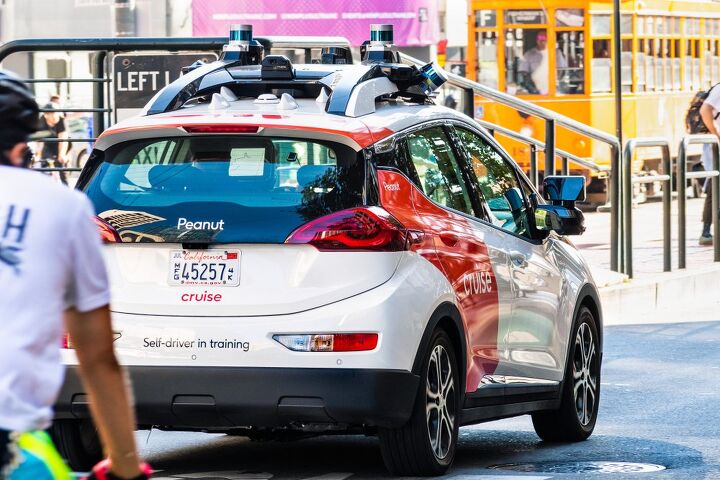

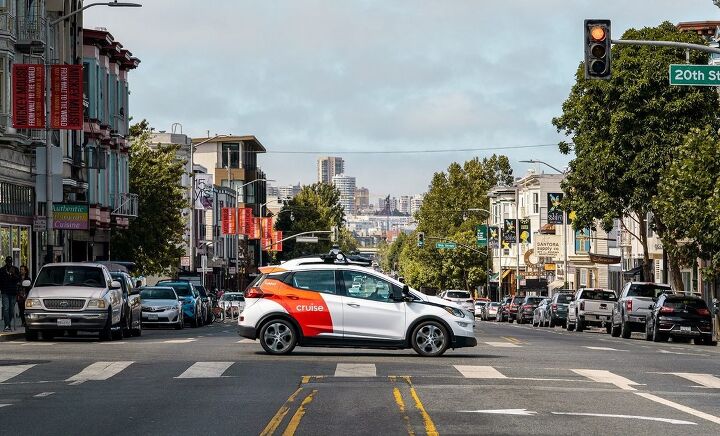












Recent Comments